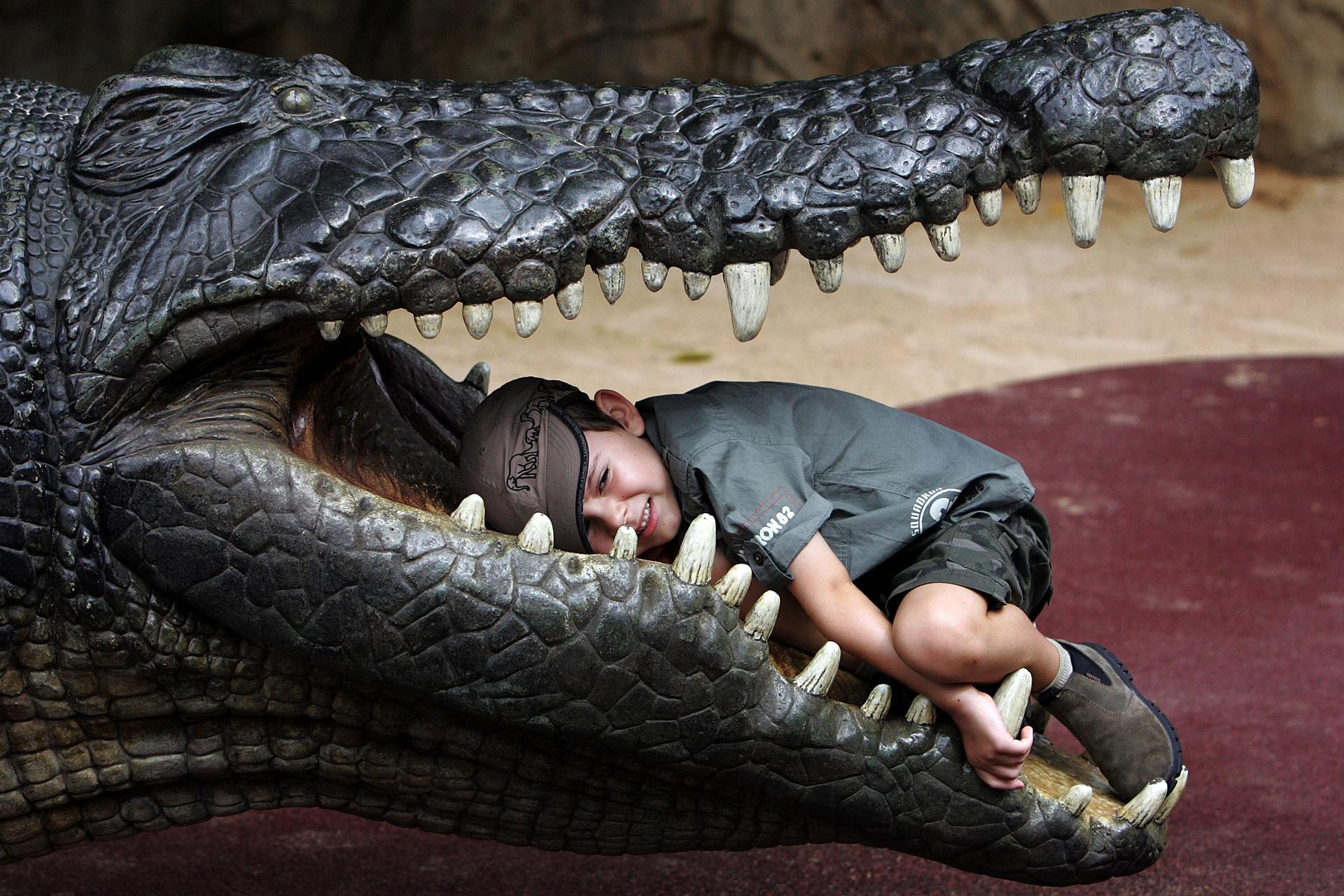Crocodile fossils found in East Africa world’s largest ever
Fossils of an ancient crocodile found in Kenya is largest ever known.
Crocodile fossils found in Kenya show the existence of a man-eating, giant beast that lived between two and four million years ago.
The new species of crocodile, which resembles the modern Nile crocodile only much larger, is called Crocodylus thorbjarnarsoni.
“It’s the largest known true crocodile,” said Christopher Brochu, associate professor of geoscience at the University of Iowa and discoverer of the new species, reported Zee News.
“It may have exceeded 27 feet in length. By comparison, the largest recorded Nile crocodile was less than 21 feet, and most are much smaller.”
The fossils were found in Lake Turkana Basin in what is now Kenya.
Read more on GlobalPost: Crocodile bites man's testicles during Zimbabwe river crossing
The basin has been a hotspot for fossil finds, reported Live Science, with many early hominid fossils having been found there.
Brochu thinks that it is possible the giant reptile could have hunted and swallowed humans.
"It lived alongside our ancestors, and it probably ate them." Brochu said, according to Live Science.
"We don’t actually have fossil human remains with croc bites, but the crocs were bigger than today's crocodiles, and we were smaller, so there probably wasn't much biting involved."
The discovery was noted in the Journal of Vertebrate Paleontology
